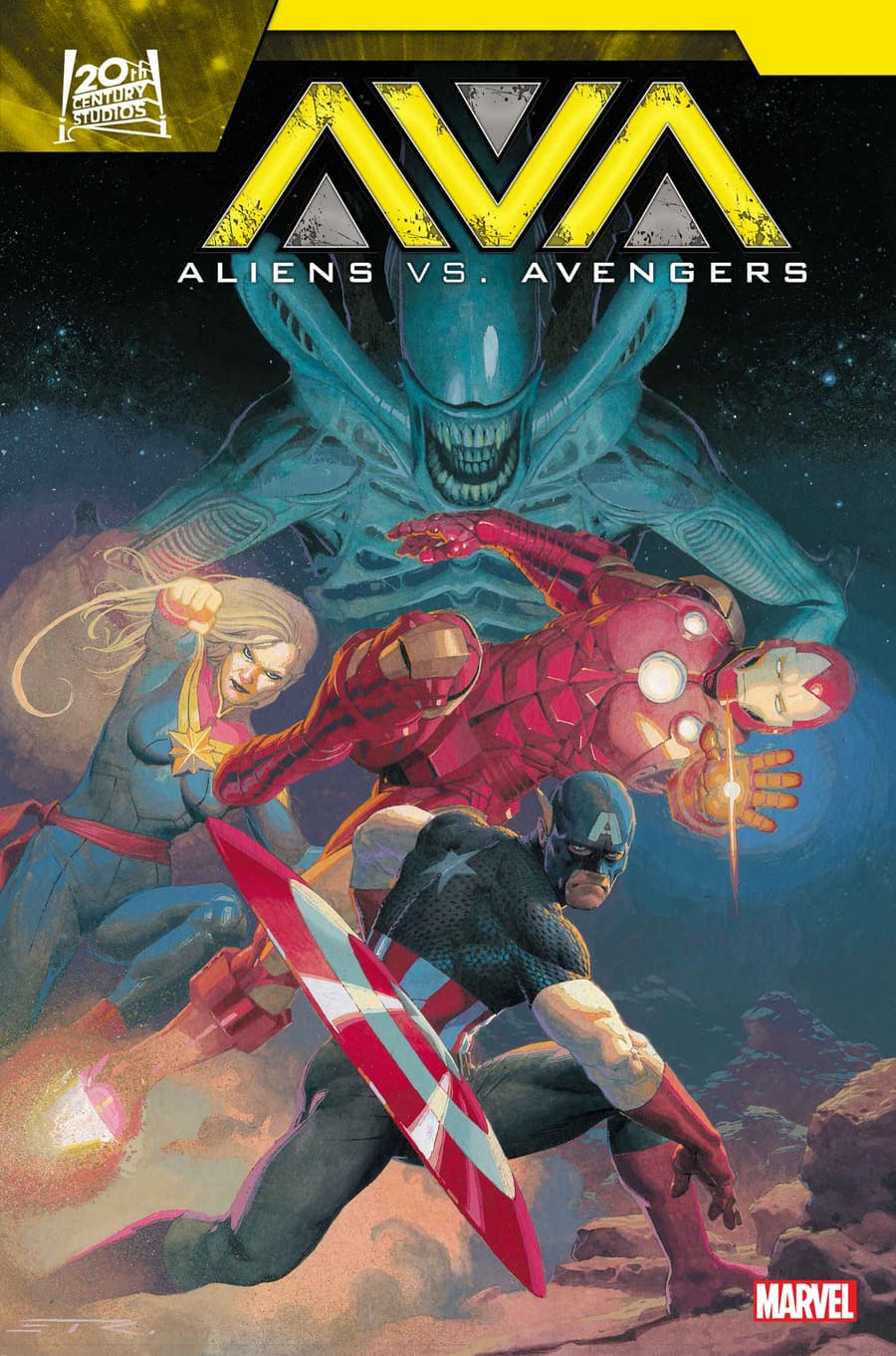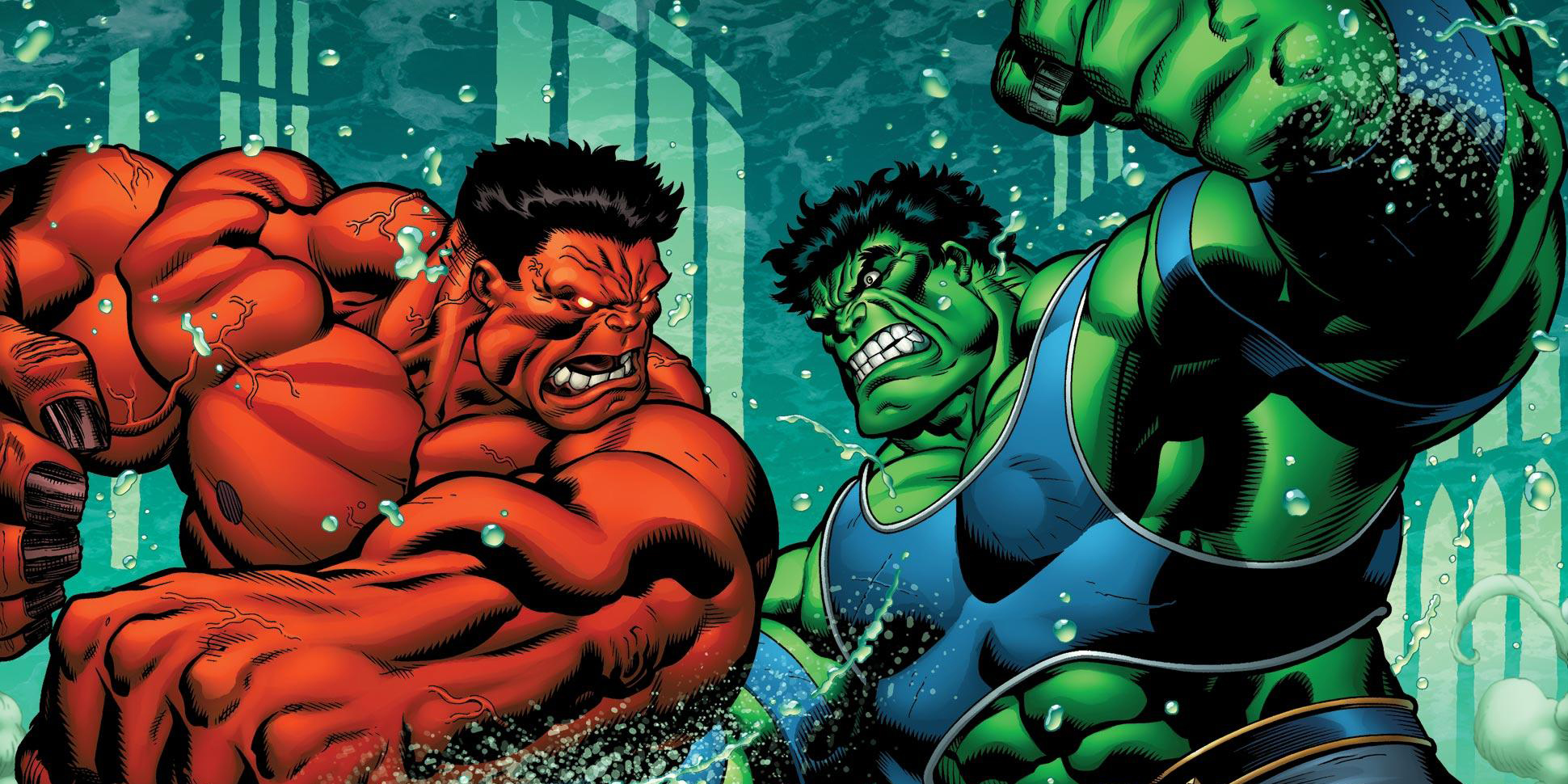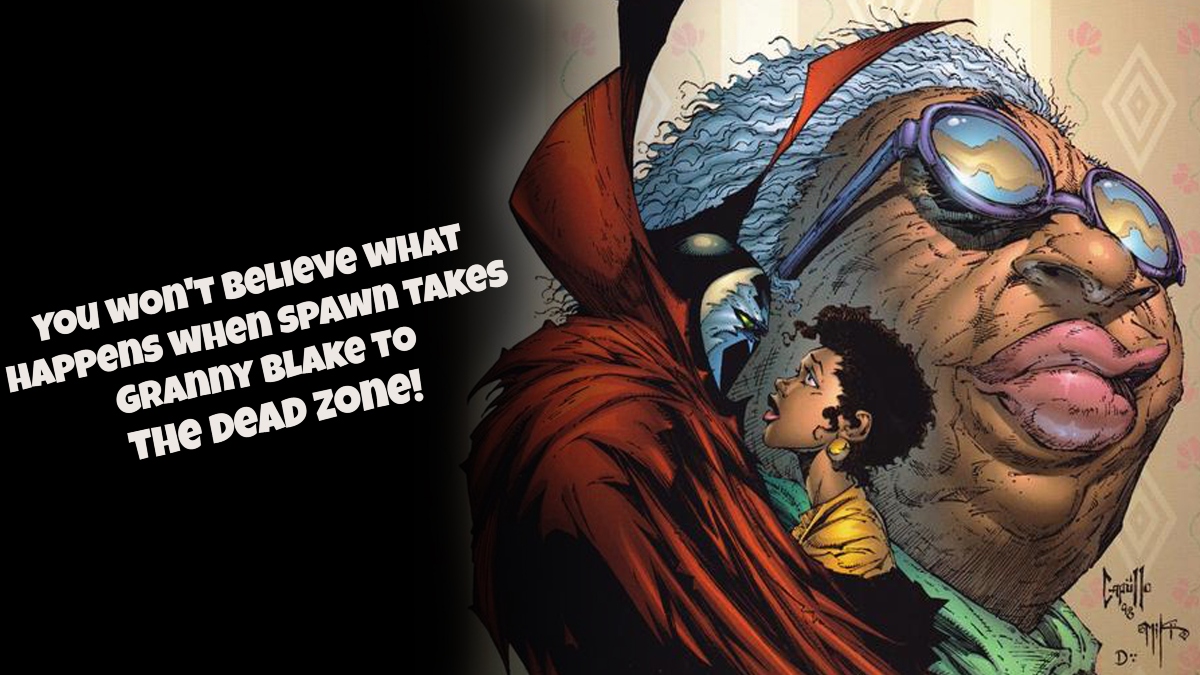![]() Earlier this year a group of journalists, myself included, made our way over to the Laika headquarters tucked away outside the city of Portland, Oregon. At first glance, the Laika building blends in with the others. People who’d drive by it would have no idea what’s really going on behind those glass doors. Laika is one of the strongest animation companies that’s risen up in the past twenty years, combining everybody’s love of stop-motion animation together with detailed, emotional story lines. In short, Laika headquarters is bursting with wonderful creativity and imagination that you can see in every one of their films.
Earlier this year a group of journalists, myself included, made our way over to the Laika headquarters tucked away outside the city of Portland, Oregon. At first glance, the Laika building blends in with the others. People who’d drive by it would have no idea what’s really going on behind those glass doors. Laika is one of the strongest animation companies that’s risen up in the past twenty years, combining everybody’s love of stop-motion animation together with detailed, emotional story lines. In short, Laika headquarters is bursting with wonderful creativity and imagination that you can see in every one of their films.
While we took a tour around Laika headquarters we were able to get a good look at several of the sets for their latest movie “ParaNorman.” Each one of those sets were made with care, love and attention to detail which you can were able to tell right off the bat. We walked into one particular set that was lit so well it looked like we all were about to witness a sunrise occur in this meadow set. There we found Travis Knight, Lead Animator for “ParaNorman” and president/CEO of Laika. He walks us through how the meadow in this particular scene of “ParaNorman” was made out of a variety of things. For instance, the trees were made out of corrugated cardboard, the cover of them done out of shredded paper and chicken wire.
We got the opportunity to talk to Travis Knight about what makes Laika so unique as an animation company, the future of stop-motion and still working as an animator.
You could easily be sitting back and watching the rest of your crew put all of this together. What was it about “ParaNorman” that made you want to be hands-on with the whole project?
Travis Knight: I kind of can’t not be. I was an artist long before I was involved with the business aspect of it. One of the things as I increasingly took on more responsibilities for the business it was important for me not to loose that connection with the creativity, with the work. This particular story, it really spoke to me and it has really great residence with the crew here because I think the story of “ParaNorman,” in large measure, is the story of the people who are making it. It’s the story of outsiders, of people who are kind of marginalized for what they are and what they represent, but also at the same time these people have extraordinary gifts. That’s essentially the story of Norman and it’s true of this crew here. There’s a bunch of strange people in this building who are kind of on the fringes of society, but they are amazing, talented people and have extraordinary gifts and when they share it with the world it really does enrich those around them. And so because of that core of the story, it was something I absolutely had to be involved in. Plus what’s better than stop-motion zombies? It’s pretty darn cool.
I do like this running theme of everybody in Laika acknowledging the fact that they’re all weird.Â
Travis Knight: Yeah, we all found each other. [laughs] It’s the little land of misfit toys here, but I think you kind of have to be. Look at what we do here all day long. It’s a very strange way to spend your day but it’s an amazing group of people who are capable of doing extraordinary things.
With “ParaNorman” it’s obviously the difference between “Coraline” and dealing with the fantasy kids movies. Do you see Laika going forward with this specific type of film or are you guys looking to branch out?
Travis Knight: I think visually we certainly don’t want a house style. We don’t want each film to look anything like we’ve done before, anything else out there. So you can see this film really doesn’t look anything like “Coraline.” But also, in terms of the concept and the tones of the film we do, we are looking for a variety of things. We don’t want to do any one thing. This film does share some of the same DNA of “Coraline,” but I think the main thing that they have in common, that comes into play in all of the things that we do, is that we’re just looking for really powerful stories with emotional residence. We do want to be in tune with the spirit of the times, but we don’t want to make little pop culture-y or let it have little confections, that sort of thing. And so “ParaNorman,” like “Coraline,” has something meaningful to say. It’s dark and intense where it needs to be, and it’s light and playful and fun where it needs to be. I think those definitely are the things you can see in the two films and things you would see in anything we would do moving forward. We don’t shy away from darker, intense material where it’s appropriate for the story. Most stories can actually benefit from some level of that because it just heightens the experience with the audience, it just gives them greater dynamism in the storytelling.
As an animator, could you comment on the tone of the performances of this film and how they might differ from other stop-motion films we’ve seen?
Travis Knight: It took a little while to find out what the animation style was going to be for this film but it’s all rooted basically in the same thing, in the kind of the story that we’re telling and how we approach the design, the art, the camera work, the set building materials. It’s all what we call kind of an askew naturalism. “Coraline” was more theatrical and so the performances tended to go in that direction. But this film required something different. It required more verisimilitude so as we approached the animation it was important that we’d capture that. We don’t go for posy stuff, we don’t go for any broad, theatrical stuff. They actually feel like real people, real characters. It’s not to say that we’re trying to mimic reality but it’s just very well observed animation. It takes kind of little personality ticks, things that people do and incorporates that in a kind of stylized way into the animation. So it’s very difficult animation to pull off in stop-motion, but I do think it gives a feeling, a vibe that’s different really from any other stop-motion film you’ve ever seen.
What was it like for you animating and what sequences in particular did you enjoy working on?
Travis Knight: I don’t really think “enjoy” is the right word. [laughs] I started off on the film doing a very kind of somber, melancholy, acting-heavy scene. Norman’s interacting with his buddy Neil in his bedroom with his grandma and they have a really sweet moment together. And then I went from that right into this kind of high energy action scene with these zombies bursting from the ground. That was quite a shift in tone in terms of the animation. And that was — I don’t want to say it was fun but I want to say it was an interesting new challenge. Part of the thing with that one was just the environmental process. We had to have bits of dirt flying up in the air. Oh my God was it a pain in the ass. At one point we talked about doing elements of that in CG and I said no, we’re going to do that practically. Then when I was out there stabbing my fingers with bug pins and my hands are bloody with wires I was like “Why the hell did I agree to this!?” But in the end, I think when you watch that sequence, it has — because it was all done practically on camera, it has a certain feeling that we couldn’t have captured in CG. It has a sort of a veracity to it. Now at the end of the film I’m working on my last sequence, going back to where I started, where it’s really kind of a delicate, subtle moment between two characters. So in the film I’ve come full circle in terms of the animation that I’ve done on it and it’s a nice way to go out.
You have incorporated CG in a bigger way than ever before.
Travis Knight: Yeah. I think one of the things that makes what we do here some what unique is that we use whatever tool makes the most sense for the process. At the core of it, both “Coraline” and “ParaNorman” are stop-motion films, but increasingly we’re integrating other things into it. With the rapid prototyping you can see there’s a CG element there, riding additional CG effects on top of that were appropriate where you can put in 2D effects and hand-drawn stuff into different elements. So it’s whatever tool makes the most sense. We’re not purists in the sense that everything has to be done on camera, but we tend to go that way because it just have a certain vibe and a flavor. But if there’s something we can do in visual effects or in CG or in hand-drawn animation that will do the job better then we’ll use that. It really is a combination of all different forms of animation intwined with each other and it has a different sort of feeling I think.
Where do you see stop-motion going in the next twenty years, improving?
Travis Knight: It’s a good question. I think this group of people we continue to challenge to, to evolve the medium, to push it onto the edge of what it’s been. We saw that with “Coraline” by integrating different bits of technology into the process and it gave us something that we hadn’t seen before. In this film we push our crews even harder to look up new ways to innovate and you can see just in that short period of time, in those handful of years since “Coraline” to this one, it’s kind of a seismic shift in how we’re making this film. I don’t know where it’s going to go but I know that it’s a primary thing with this group of people, the constant need to strive as they come up with new things, new ways to do things and in some ways just to demonstrate that this medium of stop-motion, it can’t be much morethan it’s been defined as. It’s not this kind of creaky and acrostic way of making films, it actually is a very vital art form that can do wonderful things if put in the right kind of artistic and creative hands. So I don’t know, I think a handful of years from now, a few films down the road, it’ll be quite a bit different and this will look like a creaky dinosaur.
Were you a big horror/monster fan as a kid? Did that inspire your work on this film?
Travis Knight: Oh yeah, absolutely. I mean that’s one of the things that appealed to me right away. It’s kind of this idea of these George Romero-esque rambling ghouls — what a cool thing that could be. In so many ways, and perhaps in a sad way taps into my childhood in that it’s just thing wonderful combination of schlock-y horror films merged with kind of this John Hughes, coming-of-age heartfelt comedy in a big kind of Amblin-style adventure. It’s the kind of films that so many of us love growing up and the kind of films people just don’t make anymore. So this is kind of a nod and a homage to those sorts of films.
“ParaNorman” will be out in theaters everywhere on August 17, 2012, presented in 2D and 3D. If you want to read some more of our interviews with the people on “ParaNorman,” check out our article where we talk to directors Chris Butler and Sam Fell.

 FOR FANBOYS, BY FANBOYS
Have you checked out LRM Online’s official podcasts and videos on The Genreverse Podcast Network? Available on YouTube and all your favorite podcast apps, This multimedia empire includes The Daily CoG, Breaking Geek Radio: The Podcast, GeekScholars Movie News, Anime-Versal Review Podcast, and our Star Wars dedicated podcast The Cantina. Check it out by listening on all your favorite podcast apps, or watching on YouTube!
Subscribe on: Apple Podcasts | Spotify | SoundCloud | Stitcher | Google Play
FOR FANBOYS, BY FANBOYS
Have you checked out LRM Online’s official podcasts and videos on The Genreverse Podcast Network? Available on YouTube and all your favorite podcast apps, This multimedia empire includes The Daily CoG, Breaking Geek Radio: The Podcast, GeekScholars Movie News, Anime-Versal Review Podcast, and our Star Wars dedicated podcast The Cantina. Check it out by listening on all your favorite podcast apps, or watching on YouTube!
Subscribe on: Apple Podcasts | Spotify | SoundCloud | Stitcher | Google Play



